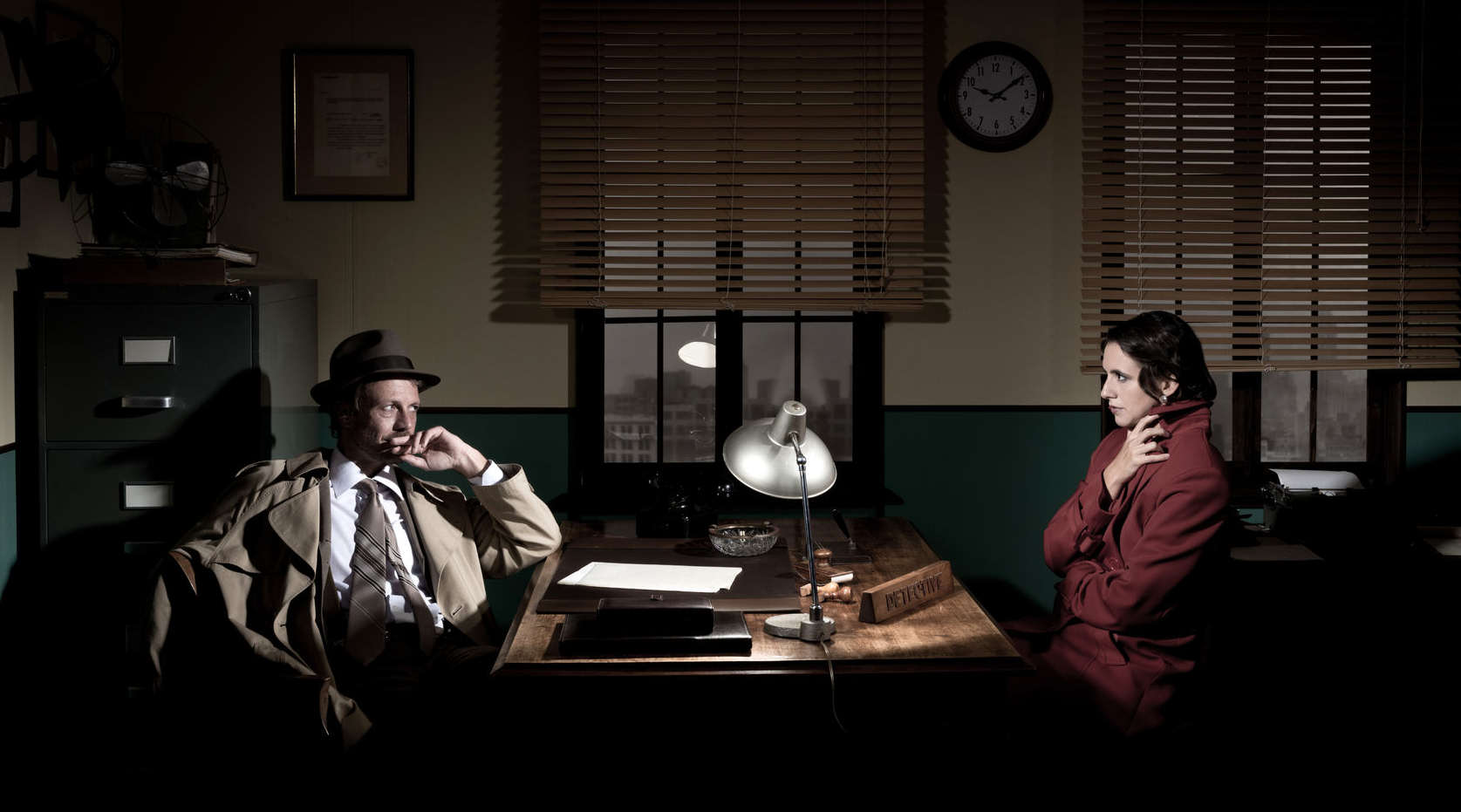

When he pushed opened the door of Mireille Cabrol’s studio in southwest Mallorca, Detective Tomás Vilalta sent flying a siege of purple herons—if he remembered accurately the collective nouns he had collected once for a small chapbook of ghazals his sister Cristina printed for him on her letterpress. A flight, an updraft, a rising, a skyward conflagration. But when they’d settled again, and his heart with them, they proved merely thirty-six life-sized paintings of the great birds. And there was no sign of Mireille, other than her magnificent brushstrokes.
Her daughter had reported her missing that morning, a Thursday in late April. It seemed she was missing from her studio in S’Arraco as well as from the small caseta she lived in behind her daughter’s stone farmhouse in Andratx at the dead end of a road that was no more than two ruts with grass down the middle, leading through a scattering of almond trees. The sixty-year-old artist wasn’t answering her cell phone. Her car (a dark blue Golf hatchback, with fold-down seats for all her painting gear) wasn’t in S’Arraco or Andratx, but there’d been no reports of accidents or traffic violations. No activity on her bank card.
The daughter, Flor, was gruff with worry, understandably distraught. She was tall and weathered, like a twisty olive tree, with little of flower about her. Photos Vilalta had seen of the artist had showed her to be of a gentler, rounder build, shaped rather like the curvy lump of Neolithic goddess his archaeologist partner Gritta Becker wore on a long silver chain. Flor taught at the French school in Palma, she told him tersely. He guessed their heritage was French; Mireille was a French name, and he thought he recalled reviews of her art mentioning some remote tie to Cézanne.
“Though we go our separate ways, and Mother frequently takes off on painting trips without letting me know, it was entirely unlike her not to show up for Marie’s birthday party on Tuesday. She’d promised her favorite granddaughter she’d be here. And her phone’s been off since Sunday, which is strange too.”
“Frankly,” Flor admitted with a frown, “I’ve been worried about her since my uncle—her brother Jacques—died, in November. They were very close, only a year different in ages, and she adored him. She hasn’t been the same since.”
“Suicidal, would you say?”
“There’ve been times I’ve wondered.”
“Is your father still in the picture?”
“My father died when I was little. Mother’s second husband left her a few years ago.” Vilalta jotted down the name of the ex-husband anyway. Flor had no contact information, since she hadn’t liked him much, but thought she’d heard that he lived in Ibiza now.
From the unoccupied studio Vilalta drove to Palma, to meet the owner of the gallery that represented the prestigious artist. He found it discreetly tucked away on one of the narrow, cobbled streets behind the Cathedral among a handful of exclusive shops—one with gourmet specialties he’d look into after the interview.
Francine Gray, blonde and elegantly dressed, offered him coffee from a small copper and glass cafetière, saying “I’m English, but I can’t stand tea.” They settled in Ikea rocking chairs in a sunny alcove between two large rooms with pale sandstone walls and rustic slate flooring.
She was a friend of the artist’s as well as her agent, she told him, and learning of the disappearance was distressing. Yes, Cabrol was a French name; Mireille’s father had been a merchant from one of the French émigré families shipping oranges to Marseilles from Mallorca. She’d recently had a tragedy—her brother killed in a fire in Cyprus late last fall. She hadn’t painted for months, had all but retired, but then gradually took it up again.
“I feared she’d never paint again, but it seemed to give her courage.”
Besides a couple of the purple herons, framing the archway between the two gallery rooms, Vilalta admired several smaller, more abstract and colorful paintings of what Francine identified as hoopoes.
“Mireille drove to the S’Albufera nature reserve frequently over the past couple of months, painting the wetland birds. She was enamored with the purple herons, finding them especially full of grace. She stays in my apartment in Alcúdia, which I’m happy to let friends—family—artists borrow when I’m not using it.”
(Visit Amazon for a print version)
Digital Subscription
Future issues are emailed on the 1st of each month.



